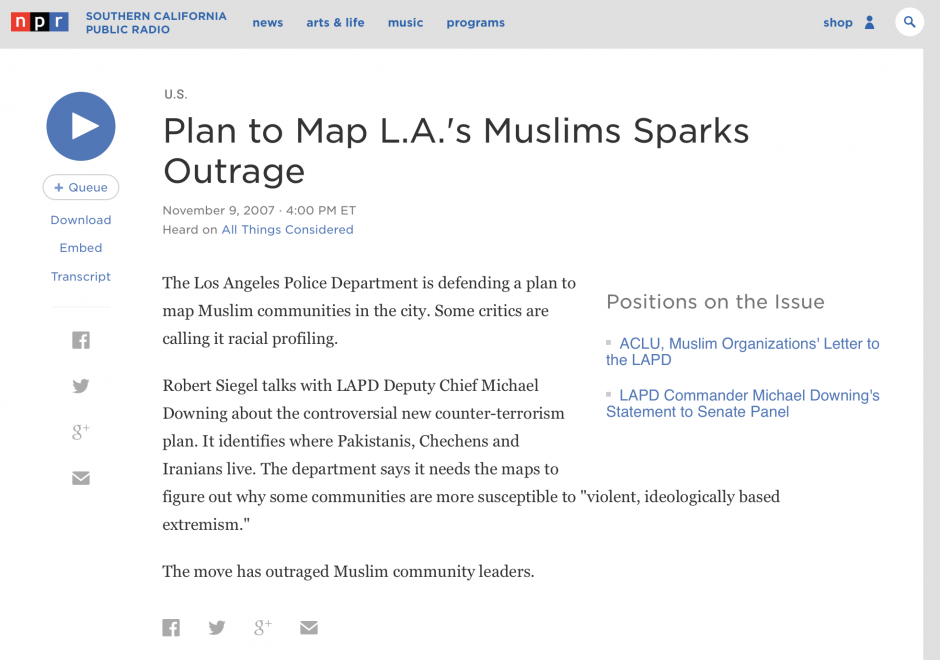FC-28 - Primary and secondary data sources

- Explain the distinction between primary and secondary data sources in terms of census data, cartographic data, and remotely sensed data
- Describe a scenario in which data from a secondary source may pose obstacles to effective and efficient use




GS-19 - Political influences